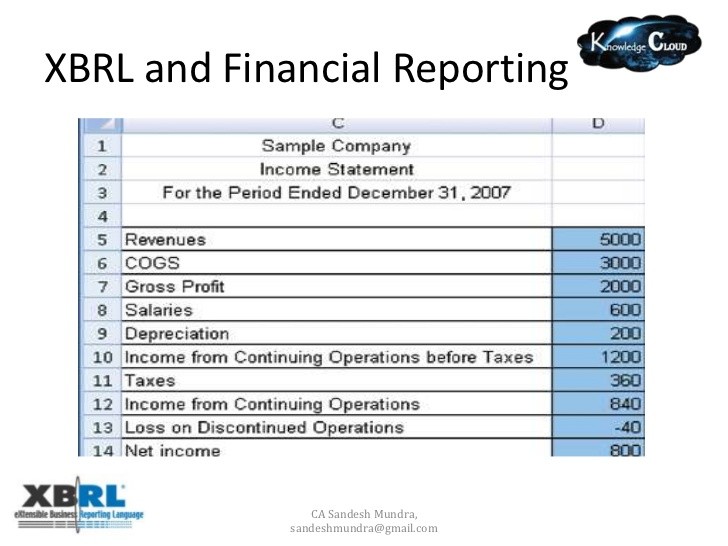The balance sheet and the accounting equation Tacoma Education
Post on: 15 Июль, 2015 No Comment

The accounting equation is the foundation of accounting. The accounting equation is written such that assets equal liabilities plus owners’ equity. This is a very simple form of the balance sheet. The balance sheet is one of the four financial statements. The balance sheet gives a snapshot of a business’ financial health and well-being on any given day. Unlike the other three financial statements, the balance sheet shows assets, liabilities and owners’ equity as of only one day in time and not for a period of time. Caution should be taken when reviewing the balance sheet and any other financial statement. A savvy investor should carefully read the accompanying notes to the financial statements for additional information regarding specific account details that may not be obvious in the financial statement data (i.e. age of accounts receivable).
Assets are future economic benefits of a business. For example, accounts receivable, an asset and an account created when selling goods and services to customers on account, are monies that a business expects to collect in a short period of time.
Liabilities are debts owed by a business and also represent creditors claims on a business’ assets. An example of a liability is accounts payable. Accounts payable are created when a business purchases inventory, for example or receives a utilitiy bill in the mail and will pay the balance at a later date.

Lastly, owners’ equity represents the owners claims on the assets of the business. These are most commonly seen in the form of retained earnings and stock (i.e. common stock). When a company issues stock the common stock account for the business increases representing more shares of stock are outstanding. In addition, when there is a net income earned by the business and not paid out in the form of dividends, this increases the business’ retained earnings.
The balance sheet is the third of the four financial statements that must be created. Financial statements must be created in a specific order due to the fact that information flows from one financial statement to another: net income from the income statement increases retained earnings on the statement of retained earnings; ending retained earnings from the statement of retained earnings flows to the owners’ equity section of the balance sheet; and, the net income, depreciation expense, gains and losses from the income statement and the balance sheet are needed to create a statement of cash flows.














